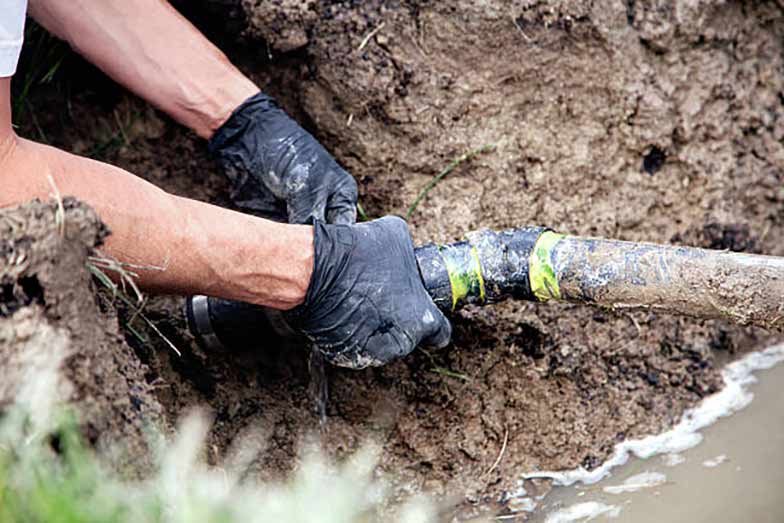A Homeowner’s Guide to Sewer Line Repair Part 2
Sewer line repair is a complex process and can be quite costly if not done correctly. Homeowners can save on repair costs by diagnosing the problem and determining the best course of action. This guide will provide information on how to troubleshoot sewer line issues, provide tips on sewer pipe repair, and discuss the different types of sewer line repair available.
Sewer Line Troubleshooting
The first step in sewer line repair is to identify the source of the issue. Homeowners should check for visible signs of damage, such as cracks, holes, or uneven surfaces in the sewer line. They should also look for standing water, slow drainage, or foul smells coming from the pipes. If these issues are present, the homeowner should contact a plumber to assess the situation.
Homeowner’s Guide to Sewer Line Repair
Once the source of the problem has been identified, the homeowner should determine the best course of action for repair. Depending on the severity of the issue, the homeowner may be able to repair the sewer line themselves or need to contact a local plumber.
If the issue is minor, such as a cracked or damaged pipe joint, the homeowner may be able to repair the issue themselves. In this case, the homeowner should purchase the necessary materials, such as PVC glue or a pipe repair kit, and follow the instructions provided.
For more complicated issues, such as a broken or collapsed sewer line, the homeowner should contact a professional plumber. The plumber will inspect the sewer line and determine the best course of action, such as a repair or replacement.
Sewer Pipe Repair Tips
When repairing a sewer line, homeowners should remember to take safety precautions. This includes turning off the water supply to the affected area, wearing protective gear such as gloves and a mask, and using the right tools for the job. Homeowners should also make sure to follow the instructions provided by the manufacturer when using any products or tools.
In addition, homeowners should keep records of the repair, including any materials used and the cost of the repair. This information can be useful for insurance claims or future repairs.
With the right knowledge and preparation, homeowners can save money and time by repairing their sewer lines themselves. By following this guide, homeowners can diagnose and repair their sewer lines quickly and safely.

